Posts Tagged “Culture”
What is there to do in Glasgow?
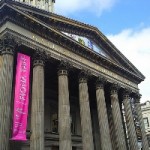 Glasgow Gallery of Modern Art If you’re heading to Scotland’s biggest city for a weekend away, there are certain things you won’t want to miss. Follow this guide to the best things to see and do in Glasgow:
Culture
Named the European City of Culture in 1990, Glasgow has since strived to maintain its status as one of the most culturally rich cities in the world. It attracts over three million tourists a year from the UK as well as the rest of the world.
Most of Scotland’s national arts organisations are based in Glasgow, including the Scottish Opera, Scottish Ballet and the National Theatre of Scotland. These organisations offer world-class events and performances at local venues such as the Glasgow Royal Concert Hall, the Theatre Royal and the Scottish Exhibition and Concert Centre.
Glasgow also has its own Poet Laureate, a prestigious title in the literary world, which was first held by Edwin Morgan and now belongs to acclaimed writer Liz Lochead.
Museums and Galleries
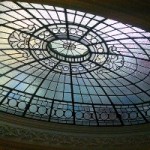 Cupola at Glasgow Gallery of Modern Art The most famous of Glasgow’s museums is the Kelvingrove Art Gallery and Museum, which houses one of Europe’s great civic art collections. Located in the West End of the city, it has one of the largest collections of arms and armory in the world and a vast collection of natural history.
The gallery is home to European masterpieces by the French Impressionists, Dutch Renaissance and Scottish Colourists, as well as the world-famous ‘Christ of St. John of the Cross’ by the Spanish Surrealist, Salvador Dali.
Other galleries to visit include the Gallery of Modern Art and the Burrell Collection, a purpose-built gallery that opened in 1984 to house a collection donated to Glasgow by Sir William Burrell.
Food
Glasgow is home to many incredible eating establishments, from Michelin-starred restaurants to cosy cafes. Most serve fresh local produce and elegant brasseries to their hungry guests.
Chardon d’Or is run by Brian Maule, who is the former head chef at Le Gavroche, a Michelin star London restaurant. Maule opened his delightful French bistro in the heart of Glasgow with the full backing of the Roux dynasty, and fuses traditional techniques with Scottish ingredients.
The French Mediterranean dishes of La Bonne Auberge are an excellent way to round up a night out in the theatre district. Light and airy, La Bonne Auberge offers views over the Glasgow Royal Concert Hall, alongside excellent service and menus created by head chef, Maurice Taylor.
For a more traditional feel, Maggie Mays offers a contemporary Scottish menu, combined with an elegant wine bar. In the evenings the place transforms in to a theatre and music venue, with bustling entertainment all year around.
Booking a Trip
Glasgow is an excellent place to spend a weekend and there are regular flights to and from the city from major UK airports and abroad. Scotland is also accessible by car, train or coach if you’re travelling up from England.
Accommodation in the city centre can book up fast so reserve apartments for your recreation stay in Glasgow as far in advance as possible. Trying to book a hotel on the day can be expensive and stressful. Instead, why not go online and book holiday apartments via Wimdu who offer accommodation in Glasgow and many other worldwide cities.
 No Comments »
No Comments »
Learning a Country’s Language
 On a standard ten-day holiday, you will be able to see a destination’s major tourist attractions, but you won’t have time to immerse yourself in the culture and vibrancy of the people. To experience the full potential of visiting a place, you need to find an activity that will keep you there for longer. Learning the country’s language is a great way to extend your visit and meet more people On a standard ten-day holiday, you will be able to see a destination’s major tourist attractions, but you won’t have time to immerse yourself in the culture and vibrancy of the people. To experience the full potential of visiting a place, you need to find an activity that will keep you there for longer. Learning the country’s language is a great way to extend your visit and meet more people
Visa and accommodation
If you want to extend your stay beyond a standard holiday, you are going to need a visa and a place to stay. Work visas, which often have elaborate requirements, are more difficult to attain than student visas. An accredited language institute will help you with all the visa and accommodation admin. This perk makes it much easier to settle and to start exploring your surroundings.
Double benefit
Language learning programmes are popular because they offer the two-fold advantage of exploring a destination while learning a new skill. Living in a foreign country as a student allows you to explore further than the touristic safe-zones – meaning that you can scratch deeper than the surface of a country’s culture.
See more, do more
Most students begin their study abroad experience by visiting the standard tourist attractions, but this rarely takes more than a few days. As the language course progresses, you will have several months to explore the city’s unknown museums, bars, music venues and natural sites.
Find local spots
When you are on a short holiday, it’s easy to get caught up in the tourist traps, which locals avoid. Enrolling for a language course gives you the time to work out where the locals prefer to hang out. As your language proficiency improves, you will be able to make new friends and experience life from the perspective of a city’s local.
Many Options
Some people want to visit a certain country, but they want to learn a different language than that which is spoken there. In the past if you wanted to learn German, you had to go to Germany. Fortunately, due to globalisation, this has changed – today, if you’re looking for German lessons London, Zurich and Paris all have great schools with native language teachers.
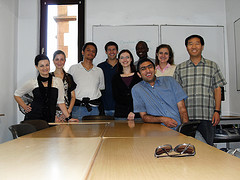 Teachers as reference guides Teachers as reference guides
At a language school, you will have reference guides at your disposal every day. The teachers, who live and work in the city, will give you honest advice – as opposed to the tourist agencies that only want to make a sale.
Language and culture
Language and culture are interwoven and they develop together over time. When you are studying a new language, you learn about the culture and it allows you to gain a better understanding of the people and the place. For students enrolled in French courses London with St Georges is a stepping-stone to understanding the food, art and culture of France. Many students who complete these programmes are often inspired to see more and explore further once they leave the school.
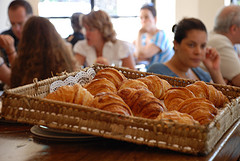 Keeping the culture in you Keeping the culture in you
When you combine tourism and language learning, you will carry a piece of the destination with you forever. Learning a country’s language is a skill that no one can take away from you. When you hear the language spoken on television or in your hometown, the warm memories of your time in the country will always return.
 No Comments »
No Comments »
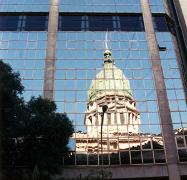 B Buenos Aires is a popular port city on the Rio de la Plata, an estuary on the border between Argentina and Uruguay. It’s an autonomous city that is not part of the outer Buenos Aires province, and yet it acts as a kind of gateway to Argentina.
Visitors enjoy Buenos Aires in the spring (September to November), although its sub-tropical climate has generally pleasant conditions year round. Also in the spring-summer months, the city hosts festivals and sporting events that are popular among tourists, for which a variety of airlines allow you to organise your next cheap holidays.
People from Buenos Aires are known as “porteños”, or people of the port, with European roots that date back to the 16th Century. A variety of Spanish, German, Greek and Italian influences can be seen in the local architecture. Hence, there are no dominating monuments, but a variety of touches and details that hail from across the world, and can be seen in beautifully preserved 19th Century houses, majestic churches and opera houses.
Similarly, the city neighbourhoods are unique, with emphasis on local flavour following Argentinian independence in the early 19th Century. An exception is the Buenos Aires Cabildo, a public building that was once the seat of the colonial council and which now houses a museum. The Palacio de Las Aguas Corrientes, Palace of Running Water, was the city’s water works, built with myriad terracotta tiles and which today houses a museum with antique equipment. The neo-Gothic Palacia Barolo rises up 22 floors and was built as a tribute to Dante’s Divine Comedy, each floor supposedly representing a verse in the Italian poet-philosopher’s masterpiece.
Buenos Aires has a world renowned party atmosphere, not least because of its national dance, the tango. Perhaps best exhibited in the city’s dance halls, plazas, glittering ballrooms and outdoor parks, the tango is both elegant and passionate, combining discreet separation between participants that achieves lasting intimacy. Interestingly, in Buenos Aires, tango-dancing schools were traditionally men-only places called academias, and the dance was only popularised in Paris in the 1920s.
The city hosts the bi-annual Buenos Aires Fashion Week, which displays both national and international designers’ collections, and garners plenty of exposure. It’s held at the La Rural Fairgrounds in February, for fall and winter collections, and in August for spring and summer clothes. In addition to high fashion, Buenos Aires has a reputation as a party city, with bars and clubs of all sizes opening their doors late in the evening and remaining open all night.
Energy, enthusiasm and a willingness to recreate itself; Buenos Aires continues to earn the accolade of the ‘Paris of South America’. Buenos Aires flights are affordable particularly between October and January, when the weather is warm and the mate, or traditional infused drink, is readily served.
 No Comments »
No Comments »
Travel Photos of the Week: Cultural Village on Efate, Vanuatu
One of the significant places we visited during our Vanuatu getaway, was the Cultural Village located on the eastern coast of Efate. We shared a small taxi/bus with a middle-aged couple who happened to be from Queensland, Australia (this was their first overseas trip) and their enthusiasm was contagious. The bus pulled off the main road which circles Efate and we drove for some 15 minutes along an extremely weathered dirt road. We soon pulled into a clearing, beside thick jungle and in the middle of nowhere, with the driver telling us to all hop out, adding ‘You can leave your bags in the bus!’. I suddenly felt dubious what was happening and was not going to leave bags behind. However, it turned out to be completely innocent.
The six of us headed into the jungle along the path we were instructed to take. It was quiet and beautiful but we were not sure where we were heading. Breaking the silence came the sound of the conch shell and then quite unexpectedly came tribal warriors out of the jungle towards us. Spears in hand, wide-eyed and yelling at us in a foreign aggressive manner, they charged. I got such a fright I swore!
Once they warriors realised we came in peace, we were escorted into the village and welcomed! We were shown how the traditional tribes lived and witnessed food preparation and preservation, fire walking and a tribal dance. The children were wide-eyed throughout. It was a wonderful experience.
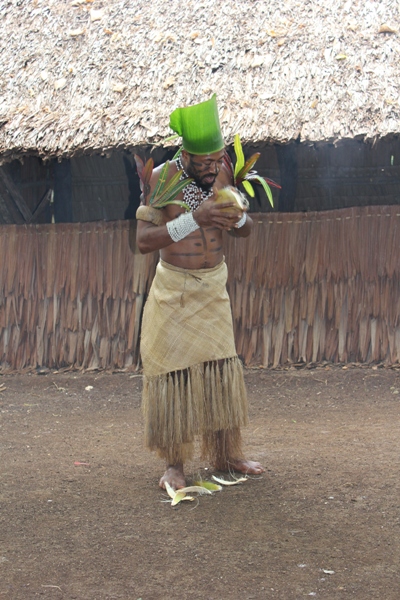 Stripping the Coconut 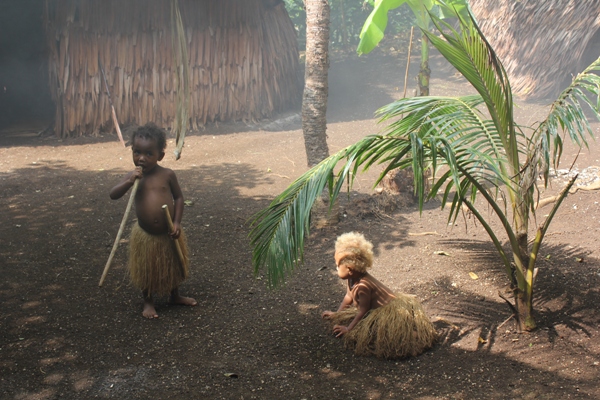 Children in Traditional Dress 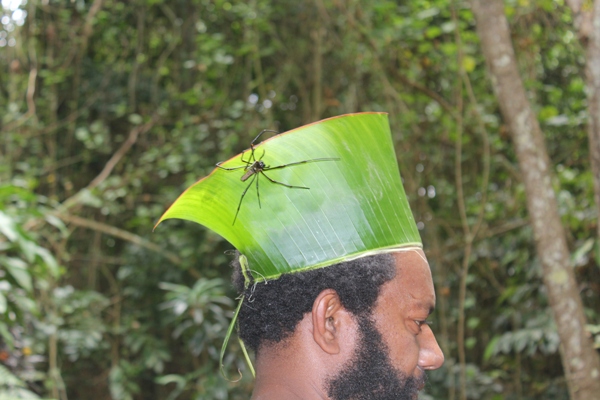 Spider 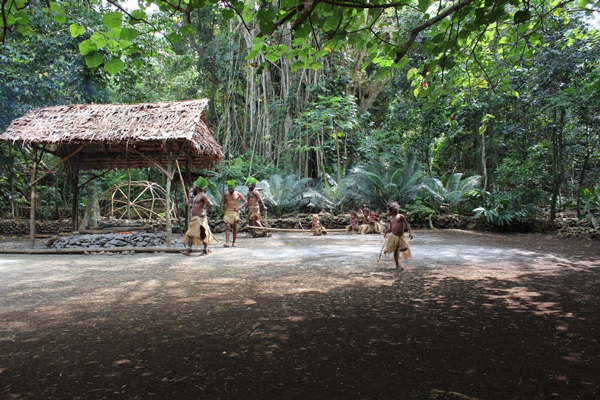 Preparing for the Fire Walk 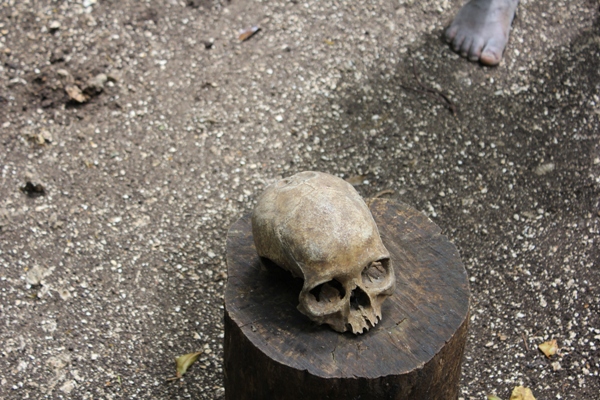 Evidence of Past Sacrifices
 No Comments »
No Comments »
|













 Entries (RSS)
Entries (RSS)